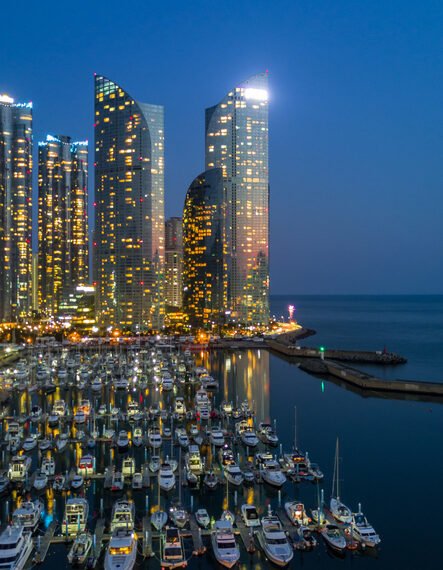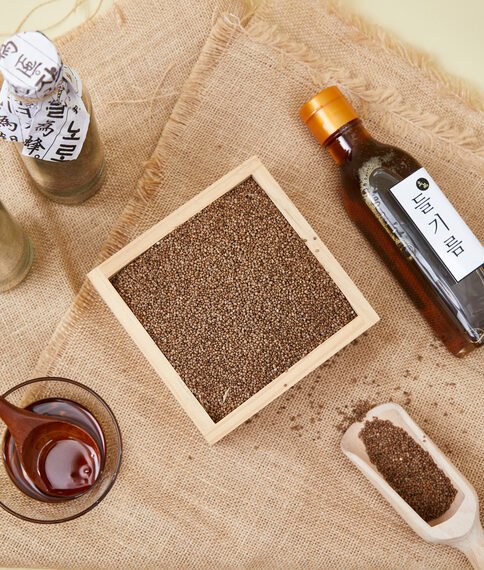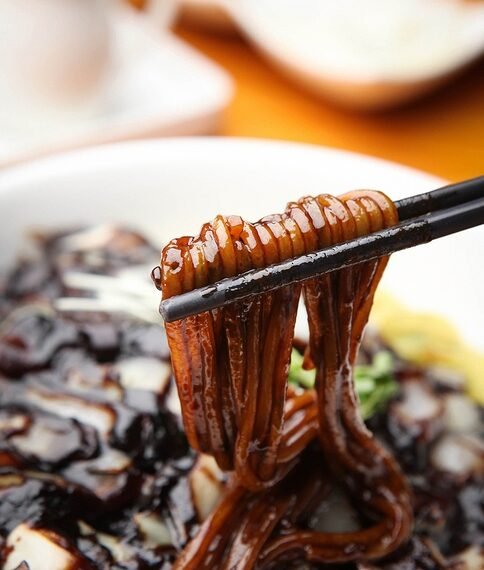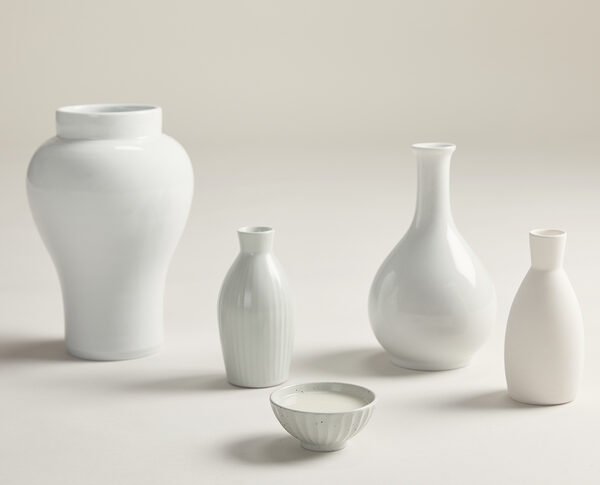Imagine a world where your favorite foods are not only delicious but also designed to perfection. Thanks to a new joint development agreement between CJ Foods and T&R Biofab, that future may soon become a reality. The two companies have partnered to explore the exciting possibilities of 3D printed food options. And they’re not alone in this innovative venture. Finnish company Minifactory has released a cutting-edge large-format high-temperature 3D printer with optimized airflow, while Icon Technologies Limited in Canada has taken advantage of 3D Systems’ pellet printer to create molds using GF polycarbonate, minimizing both lead times and costs. As the realm of 3D printing continues to expand, the potential for customizing and refining our culinary experiences grows exponentially. Get ready to savor a whole new world of gastronomic delights!
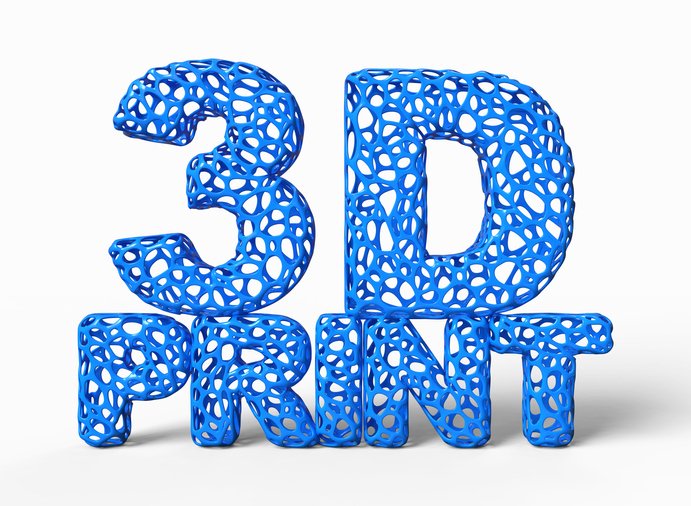
CJ Foods and T&R Biofab sign joint development agreement for 3D printed food options
Introduction
In a groundbreaking move, CJ Foods and T&R Biofab have recently entered into a joint development agreement to explore the exciting possibilities of 3D printed food options. This partnership aims to revolutionize the way we think about food production and consumption by harnessing the power of cutting-edge technology. With 3D printing technology rapidly advancing, the potential for creating customized, nutritious, and visually stunning meals is now within reach. In this article, we will delve into the details of this collaboration, the benefits of 3D printed food, and the various applications that this innovative technique can unlock.
Overview of CJ Foods and T&R Biofab
Before we delve into the partnership between CJ Foods and T&R Biofab, let’s take a moment to understand each company’s background and expertise. CJ Foods is a leading global food company known for its commitment to providing high-quality, innovative food products. With a rich history and a global presence, CJ Foods has established itself as a key player in the food industry.
On the other hand, T&R Biofab specializes in biofabrication, utilizing cutting-edge technologies to create functional tissues and organs. Their expertise in 3D printing goes beyond conventional applications and extends into the realm of food production. With their unique combination of skills and knowledge, T&R Biofab is poised to push the boundaries of what is possible in the world of 3D printed food.
Partnership between CJ Foods and T&R Biofab
The partnership between CJ Foods and T&R Biofab represents a collaboration of expertise and resources. By joining forces, these two industry leaders aim to leverage their respective strengths to develop and commercialize 3D printed food options. This collaboration will bring together CJ Foods’ advanced food production techniques and T&R Biofab’s pioneering work in 3D printing technology.
The joint development agreement will enable the companies to work together seamlessly, pooling their knowledge, research, and technological capabilities. By sharing resources and expertise, CJ Foods and T&R Biofab hope to accelerate the progress in 3D printed food production, ultimately making it accessible to a wider audience.
3D Printing Technology in the Food Industry
3D printing, also known as additive manufacturing, has been making waves in various industries, and now it is taking the food industry by storm. This technology works by layering materials to create three-dimensional objects based on digital designs. The versatility of 3D printing allows for intricate and complex shapes to be formed, opening up endless possibilities for creating food with unique textures, flavors, and presentations.
One of the key advantages of 3D printing technology in the food industry is its ability to customize meals according to individual preferences and dietary requirements. This opens up a world of possibilities for personalized nutrition, catering to individuals with specific dietary restrictions, allergies, or nutritional needs. Additionally, 3D printing allows for precise control over the portion sizes, ensuring optimal nutrition and minimizing food waste.
Benefits of 3D Printed Food Options
The benefits of 3D printed food options extend far beyond customization. This innovative approach to food production has the potential to address various challenges faced by the traditional food industry.
One significant advantage is the potential for reducing food waste. With traditional food production, there is inevitably some level of waste generated in the process. However, 3D printing enables precise measurement and portion control, resulting in minimal food waste. This not only benefits the environment but also contributes to cost savings for both consumers and producers.
Furthermore, 3D printing offers the opportunity to create visually stunning and aesthetically pleasing meals. By precisely layering ingredients, chefs and culinary experts can design intricate patterns, textures, and shapes that would be difficult to achieve using traditional cooking methods. This not only enhances the overall dining experience but also opens up possibilities for artistic expression through food.
Another notable benefit of 3D printed food options is the potential for enhanced nutritional value. By leveraging the power of biofabrication and incorporating functional ingredients, such as vitamins, minerals, and dietary supplements, 3D printed meals can be tailored to provide optimal nutrition. This can be particularly beneficial for individuals with specific dietary needs, athletes, and those seeking to improve their overall well-being.
Applications of 3D Printed Food Options
The applications of 3D printed food options are vast and diverse. This innovative technology has the potential to reshape various aspects of the food industry and change the way we approach food production, consumption, and sustainability.
One prominent application is in the healthcare sector. 3D printed food could be used to create specialized meals for patients with specific medical conditions or dietary restrictions. The precise control over ingredients and portion sizes allows healthcare professionals to tailor meals to meet their patients’ nutritional needs while also considering taste and appearance.
Additionally, 3D printed food options can greatly benefit the hospitality and culinary industries. Chefs and culinary experts can experiment with unique flavors, textures, and presentations, pushing the boundaries of gastronomy and culinary art. Restaurants could offer personalized menus based on customers’ preferences, dietary restrictions, or cultural backgrounds, creating a truly memorable dining experience.
Furthermore, the potential for reducing food waste through 3D printing can have a significant impact on sustainability. By minimizing excess production and precisely controlling portion sizes, food waste can be greatly reduced, contributing to a more sustainable and environmentally conscious food industry.
Finnish company Minifactory releases a large-format high-temperature 3D printer
As 3D printing technology continues to advance, companies are constantly pushing the boundaries of what is possible. Finnish company Minifactory is at the forefront of this progress, recently releasing a large-format high-temperature 3D printer. This development opens up exciting new possibilities for 3D printed food options.
The large-format capability of Minifactory’s 3D printer allows for the creation of larger food items, opening up possibilities for larger-scale food production. By combining this with high-temperature capabilities, a wider range of ingredients and cooking techniques can be utilized, resulting in even more diverse and flavorful meals.
Optimized Airflow in 3D Printing Technology
Optimized airflow is a crucial element in the success of 3D printing technology. Proper ventilation and airflow management can greatly impact the quality and consistency of the printed objects. To address this, Minifactory’s large-format high-temperature 3D printer incorporates optimized airflow systems, ensuring optimal printing conditions.
By carefully controlling the airflow, the printer can create consistent prints, minimizing the risk of defects and improving overall print quality. This optimization allows for more precise layering of the food ingredients, resulting in visually appealing and structurally sound meals.
Use of GF Polycarbonate in 3D Printed Molds
Icon Technologies Limited, a Canadian RV component manufacturer, recently made waves by adopting 3D printing technology for creating molds using GF polycarbonate. This innovative approach has proven effective in reducing lead times and costs associated with traditional mold production methods.
The use of GF polycarbonate in 3D printed molds offers several advantages. It allows for the creation of intricate and complex molds with ease, without compromising on strength and durability. This opens up possibilities for creating customized molds for 3D printed food, enabling chefs and food producers to create unique shapes and designs.
Additionally, the reduced lead times associated with 3D printed molds allow for quicker prototyping and testing, significantly speeding up the product development cycle. This not only saves time but also reduces costs, making 3D printing an attractive option for mold production in the food industry.
In conclusion, the partnership between CJ Foods and T&R Biofab represents a major step forward in the world of 3D printed food options. With their combined expertise and resources, these two industry leaders are expected to revolutionize the way we produce and consume food. The benefits of 3D printed food options, such as customization, reduced waste, enhanced nutrition, and unique presentations, have the potential to reshape the food industry and provide exciting new possibilities for chefs, consumers, and the environment. As technology continues to advance, companies like Minifactory are pushing the boundaries of what is possible in 3D printing, offering new tools and capabilities for culinary innovation. Additionally, the use of GF polycarbonate in 3D printed molds opens up opportunities for customized and intricate designs, further expanding the creative possibilities of 3D printed food. With these advancements, the future of food production looks incredibly promising, making 3D printed food options an exciting prospect for the years to come.

